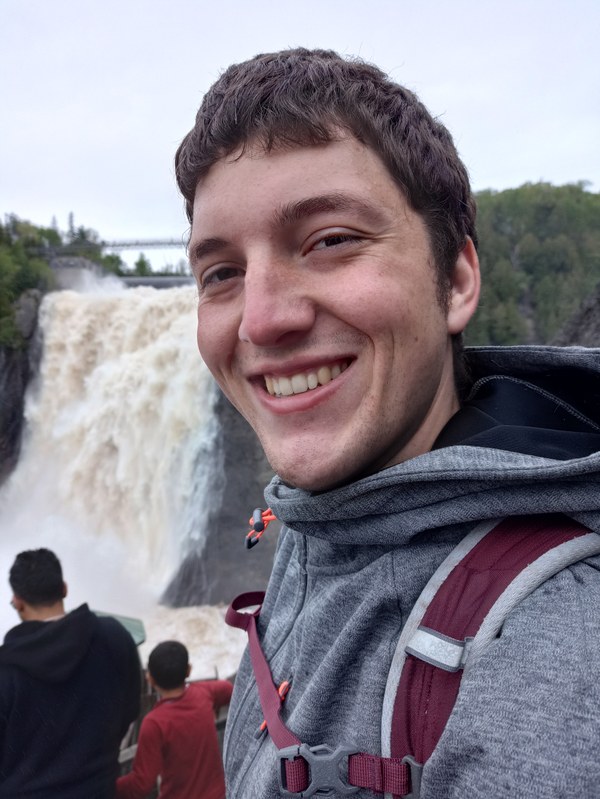2013-2016: Bachelor of Science (B.Sc.) in Scientific Programming, University of Applied Sciences Aachen
2016-2018: Master of Science (M.Sc.) in Technomathematik, University of Applied Sciences Aachen
2018-2022: Doctoral researcher in computer science, Heinrich-Heine University Düsseldorf
2022-now : Postdoctoral researcher, Institute of Neuroscience & Medicine (INM-1), Forschungszentrum Jülich
2023-now: Helmholtz AI Young Investigator Group Leader, Institute of Neuroscience & Medicine (INM-1), Forschungszentrum Jülich

